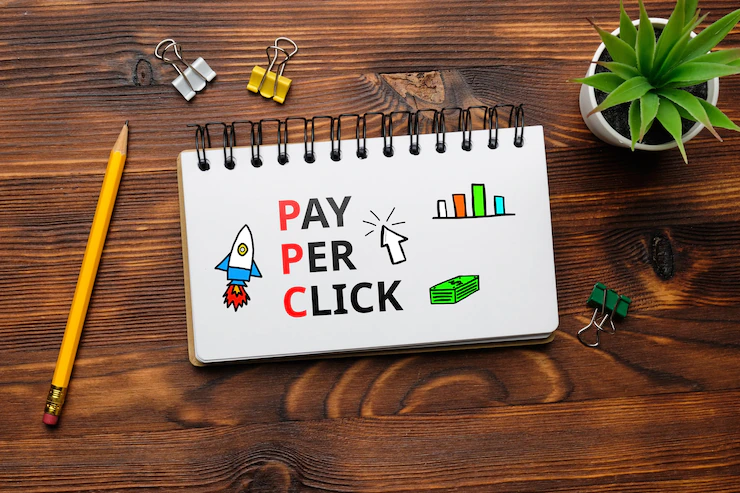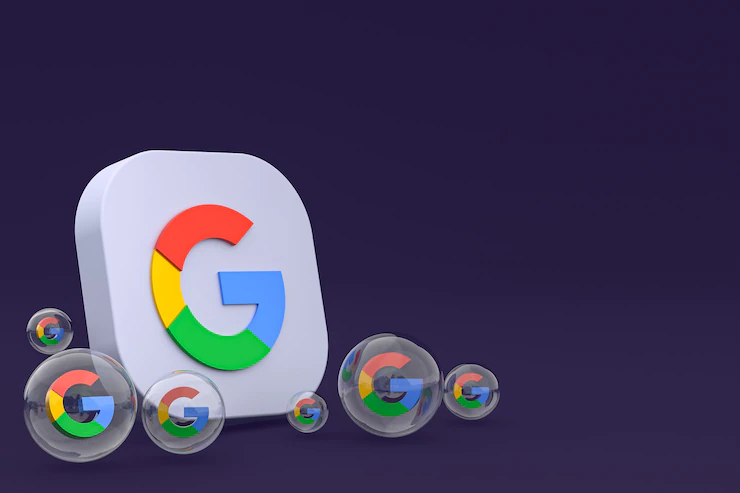The Ultimate Guide To eCommerce PPC: How To Get More Customers And Grow Your Business
21 November 2022
4 Mins Read

toc impalement
PPC is a powerful marketing tool for eCommerce that can help you get more customers for your online business.
By bidding on relevant keywords and phrases, you can place your ads in front of potential customers who are searching for products or services like yours. With a well-planned campaign, eCommerce PPC can effectively drive traffic to your website and increase sales.
With a well-planned PPC campaign, you can effectively drive traffic to your website and increase sales. By targeting the right keywords and phrases, you can reach potential customers looking for what you offer.
In addition, by monitoring your campaign closely, you can make adjustments as needed to ensure that you are getting the most out of your investment. Ecommerce PPC can effectively grow your business, so be sure to give it a try!
This guide will show you how to create an effective eCommerce PPC campaign and optimize it for the best results.
1. Choose The Right Keywords

The first step in any eCommerce PPC campaign is choosing the right keywords. You want to choose keywords relevant to your products or services and with a high enough search volume to be worth targeting. You can use a tool like Google AdWords Keyword Planner to research keywords and get estimates on their search volume.
2. Create A Campaign Landing Page
When creating a campaign landing page for your eCommerce business, there are several key elements to keep in mind. First, your landing page should be designed with a strong visual hierarchy in mind.
This means that the most important elements on the page should be given prominence through the use of whitespace, color, and positioning.
Second, ensure that your page copy is clear and concise, focusing on delivering a strong value proposition. Finally, include strong calls to action throughout the page to encourage visitors to take the next step in your sales funnel.
3. Set Up Your Google Adword Account

AdWords is Google’s main advertising product and main source of revenue. AdWords allows you to create online ads that appear on Google’s search engine and other Google properties. Setting up an AdWords account is free. You only pay when someone clicks on your ad.
4. Get Started With Your Campaign
Once you have chosen your keywords and created your campaign landing page, it’s time to set up your AdWords account. You will need to provide your name, email address, website, and country. You can also choose a campaign name and budget.
5. Choose The Right Campaign Settings

After you have entered all the necessary information, it’s time to select the settings for your AdWords campaign. You want to target your ads to people who are likely to be interested in what you’re selling.
This means setting your ad words targeting to “display network.” Display network ads appear on websites that are not owned or controlled by the advertiser. This includes both organic search results and paid search results.
6. Optimize Your Campaign For Best Results:
To get the most out of your eCommerce PPC campaign, optimizing your ad campaigns for the best results is important.
This means targeting the right keywords, setting up relevant ad groups, and creating relevant ads for your target audience. By doing this, you’ll be able to ensure that your campaign is as effective as possible.
7. Monitor And Adjust Your Campaign As Needed

As with any marketing campaign, it is important to monitor your eCommerce PPC campaign and make adjustments as needed. By tracking your performance and analyzing your results, you can determine what is working and what isn’t.
Then, you can adjust your approach accordingly. This will help ensure that your campaign is as effective as possible and that you get the most investment return.
8. Analyze Your Results And Keep Improving
To succeed with eCommerce PPC, you need to constantly analyze your results and make improvements. Look at your conversion rate, average order value, and cost per conversion. Try to identify areas where you can improve your campaigns.
Maybe you need to adjust your keywords or ad copy. Maybe you need to change your bidding strategy. Whatever it is, keep tweaking and testing until you find what works best for your business.
Final Thoughts
Creating an eCommerce PPC campaign can be daunting, but with these tips, it’s easier than you think. Follow this guide, and you’ll be on your way to growing your business with eCommerce PPC.
Read Also:


















Comments Are Closed For This Article